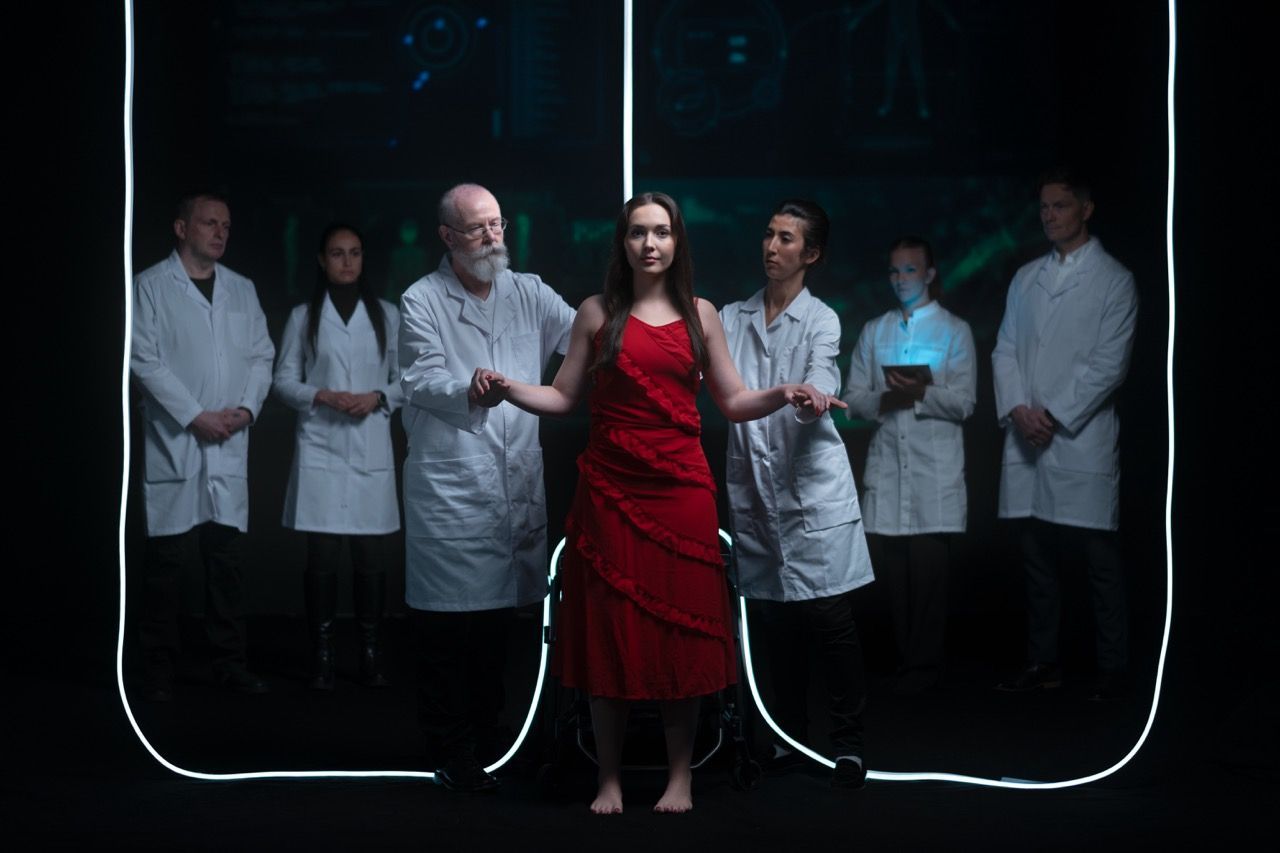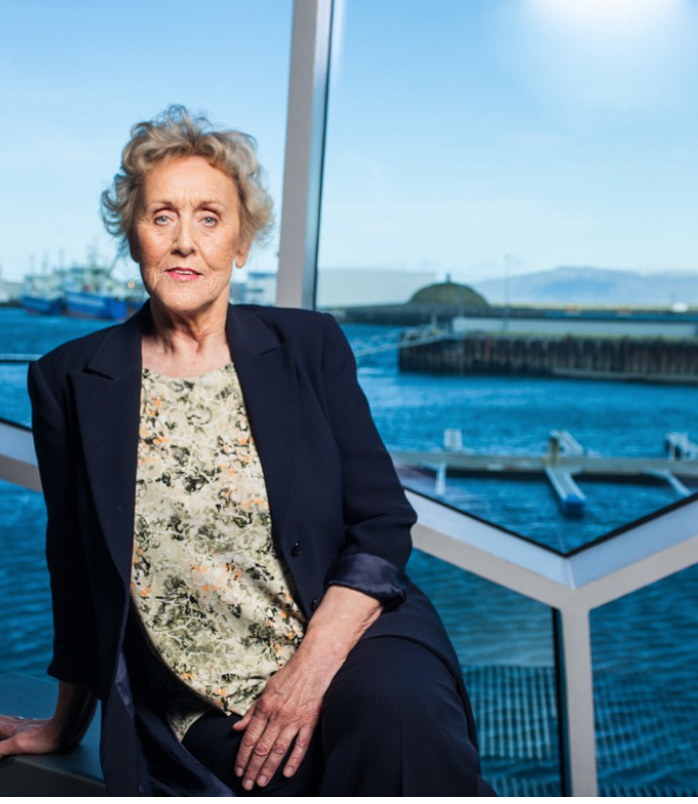Contact us
Mænuskaðastofnun Íslands
Nesbali 56, IS-170 Seltjarnarnes
Phone Number: 562 4925 / 897 4925
Email:
isci@isci.is

Help us make a change
Join the Global Research Network
Collaboration is the key to accelerating breakthroughs in spinal cord injury research. By joining the ISCI Research Network, you gain access to:
- A global community of scientists, doctors, and AI experts.
- Exclusive research insights, data sharing, and funding opportunities.
- A chance to collaborate on groundbreaking studies and clinical trials.
This network is open to neuroscientists, medical professionals, AI researchers, biotech companies, and policymakers who want to contribute to the advancement of spinal cord injury treatment and research.
We will get back to you as soon as possible.
Please try again later.
A Global Call to Cure Paralysis
Open Your Eyes –
Scientific Knowledge Exists
In 1989, my 16-year-old daughter, Hrafnhildur, was in a car accident that left her with multiple injuries, including spinal cord paralysis. Since then, I have followed global spinal cord injury research and treatment efforts closely.
What I have learned is that while the central nervous system is widely studied, progress toward a cure for spinal cord injuries remains extremely slow. I believe there is a vast amount of underutilized scientific knowledge scattered across the world that could hold the key to developing a comprehensive treatment strategy. My intuition tells me that the cure for spinal cord injuries will come from within the body itself—specifically, from the brain.
The World Health Organization (WHO) is currently running a Decade of Action (2022–2031) for Epilepsy and Other Neurological Disorders. I call on WHO Director-General Tedros Ghebreyesus and the WHO leadership to bring together fragmented global knowledge on neurology into a unified database, enhanced by artificial intelligence.
With AI, scientists could sift through vast amounts of data to find connections and insights that could lead to groundbreaking discoveries. Such an effort would not only benefit those with spinal cord injuries but also the 4 billion people worldwide affected by neurological disorders.
Open the Spinal Cord Injury Database –
The Information Exists
There are many spinal cord injury registries worldwide, but they are not connected. Many of these databases remain inaccessible due to regulations like the General Data Protection Regulation (GDPR) and other global data protection laws. These restrictions prevent scientists from utilizing the full scope of existing knowledge.
I urge WHO Director-General Tedros Ghebreyesus and the WHO leadership to review global health data privacy laws and explore ways to unlock this valuable information without compromising personal privacy. By integrating and cross-referencing existing data, we can accelerate progress toward treatment breakthroughs.
Open Borders –
The Experts Exist
The world is fortunate to have a wealth of highly educated and talented young professionals in life sciences and artificial intelligence across all continents. Additionally, we have experienced scientists and doctors with decades of knowledge.
However, global neuroscience research remains fragmented, with limited collaboration between countries. I urge WHO and its leadership to take the initiative in bringing together the world’s brightest minds, uniting scientists, AI experts, and medical professionals in a coordinated effort to find a cure for spinal cord injuries and other neurological conditions.
A Call to the World –
Let’s Cure Paralysis
When my daughter became paralyzed, I was told that scientific breakthroughs in spinal cord injury research were imminent. Yet, 35 years later, no cure has been found.
I ask: Where is the cure?
For the past 200 years, medical science has achieved incredible breakthroughs:
- Cancer – Today, up to 75% of cancers can be cured.
- Organ Transplants – Decades ago, doctors began replacing human hearts.
- Fetal Surgery – Surgeons can now operate on babies before birth.
- Gender-Affirming Surgery – Science has enabled gender transitions.
And yet, those with spinal cord injuries remain in wheelchairs. This is unacceptable.
I call on WHO, world governments, neuroscientists, AI specialists, financial leaders, and media organizations to use the WHO Decade of Action to expand our understanding of the nervous system—so that one day, we will have the knowledge needed to CURE PARALYSIS.
— Auður Guðjónsdóttir, Registered Nurse, Founder & Chair of ISCI
A message from :

Auður Guðjónsdóttir,
Registered Nurse, Founder & Chair of ISCI
Contact us
Mænuskaðastofnun Íslands
Nesbali 56, IS-170 Seltjarnarnes
Phone Number: 562 4925 / 897 4925
Email:
isci@isci.is
Reikn.: 0311-26-81030
All Rights Reserved | Mænuskaðastofnun Íslands



